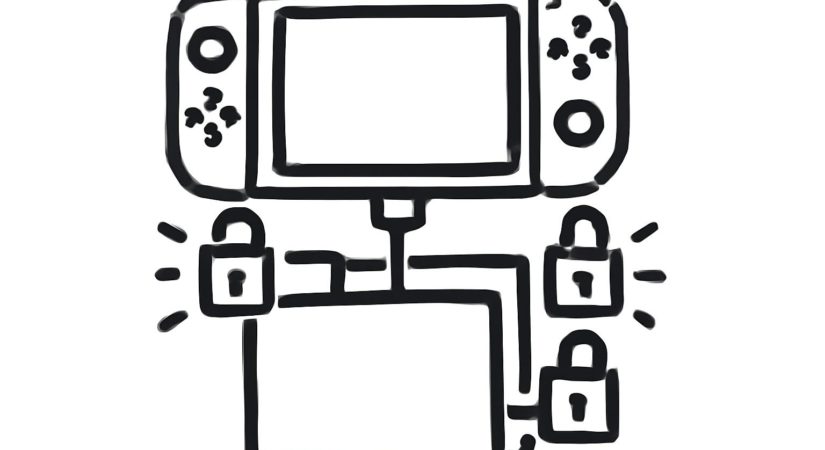Unlike typical USB-C devices that offer universal compatibility, Nintendo’s Switch 2 employs a proprietary encryption system that restricts its USB-C port usage. This move has effectively blocked many third-party docking stations and accessories from working correctly.
USB-C normally allows devices to negotiate power delivery and video output through standardized protocols. However, analysis using a Power-Z tester reveals that the Switch 2 communicates via encrypted, Nintendo-specific messages during docking, preventing typical third-party docks from functioning properly.
Accessory makers such as Jsaux have paused plans to develop Switch 2 docks due to these constraints, emphasizing that Nintendo’s new system demands more than just higher voltage—it requires proprietary authentication. A select few docks, like the $36 Antank S3 Max (SiWiQU TV Dock Station), have managed limited compatibility by mimicking Nintendo’s encrypted communication, but this requires access to Nintendo’s authentication keys, which are subject to change with system updates.
This lock-down affects not only traditional docks but also portable docking solutions and video glasses such as the Xreal One, complicating use cases for traveling and alternative displays. To address these challenges, some manufacturers are developing new hardware compliant with Nintendo’s authentication protocols, with products like the Xreal Neo expected later this year.
While Nintendo has not publicly confirmed the use of encryption or specific authentication chips, evidence strongly indicates these measures aim to protect the console from unauthorized or potentially damaging accessories. However, this approach diverges from the USB-C standard’s promise of universality and has drawn criticism for limiting user choice.
Additionally, the Switch 2 requires active cooling via its official dock, which includes a fan and proper ventilation. Some third-party docks, including the Antank model, block these vents, but thermal testing shows this doesn’t necessarily lead to higher console temperatures.
Overall, Nintendo’s proprietary communication between the Switch 2 and its official dock has complicated the USB-C ecosystem around the console, restricting third-party accessory compatibility and forcing users to rely more heavily on official or specially-authenticated products.
